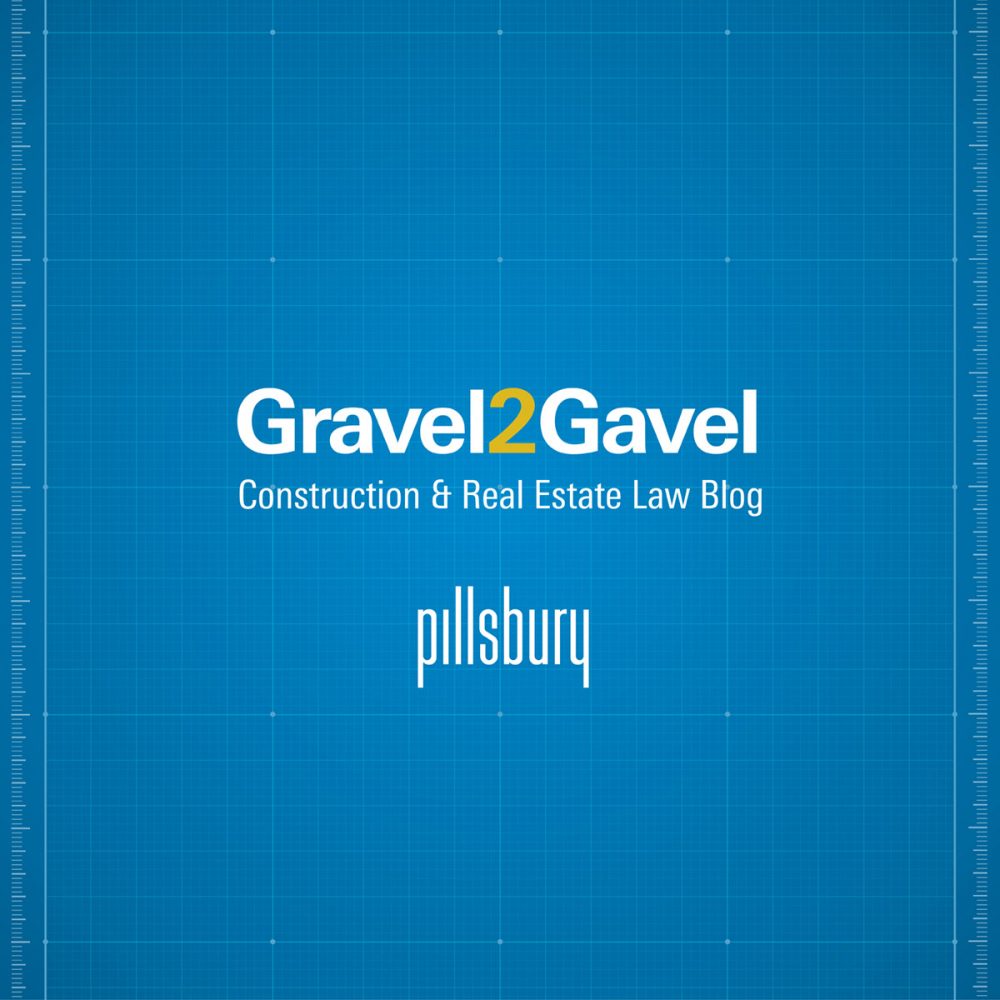Fenwick & West LLP
01 Wisconsin Alumni Research Foundation v. Apple: Expanding Preclusive Effect of Non-Infringement Judgment Across Product Generations
In Wisconsin Alumni Research Foundation v. Apple, the Federal Circuit expanded the preclusive effect of non-infringement rulings. It This applies even when new theories of infringement, such as the doctrine of equivalents (DOE), are introduced.
- The court held that issue preclusion applied because literal infringement and DOE are the same issue for issue-preclusion purposes. This This Allergan v. MSN Labs: Protecting Patent Term Adjustments from Double Patenting Challenges
- In Allergan v. MSN Labs, the Federal Circuit limited the doctrine of obviousness-type double patenting (ODP), holding that a later-filed, later-issued continuation patent cannot be used as a reference to invalidate an earlier-filed, first-issued parent patent, regardless of if the continuation patent expires earlier.
- The ruling reversed a district court’s ruling that claims covering the eluxadoline drug compound were invalid for ODP and clarified that patent term adjustment (PTA), which compensates for US Patent and Trademark Office prosecution delays, should not be negated by applying ODP based on earlier-expiring, later-filed patents.
This ruling provides vital guidance to patent holders, allowing earlier-filed patents in a family to retain a later expiration date under a PTA without risking invalidation under ODP.
For clients in industries like pharmaceuticals, where extended exclusivity can be crucial, the decision strengthens the value of PTA and reinforces the need to carefully manage patent portfolios and prosecution timelines to maximize protection.
3. San The court held that an inventor’s non-confidential private sale of a product embodying an invention does not qualify as a “public disclosure.” Therefore, it does not shield the inventor’s patent from being invalidated by a competing patent or patent publication filed by others before the effective filing date of the inventor’s patent.
In this case, the court found that Sanho’s private sale did not meet the public disclosure threshold, making the asserted claims unpatentable as obvious over a patent publication filed before Sanho’s patent.
This ruling is significant for inventors and patent practitioners, as it highlights the importance of publicly disclosing inventions to qualify for the AIA’s safe harbor protection under SS 102(b)(2)(B).
Clients must ensure that disclosures are truly public and documented to avoid having subsequent patent filings invalidated by patents or patent publications having an intervening effective filing date, especially in industries where the timing of public disclosure is critical to securing patent rights.






